Home>Furniture & Design>Interior Design Trends>How To Make A Glass Box
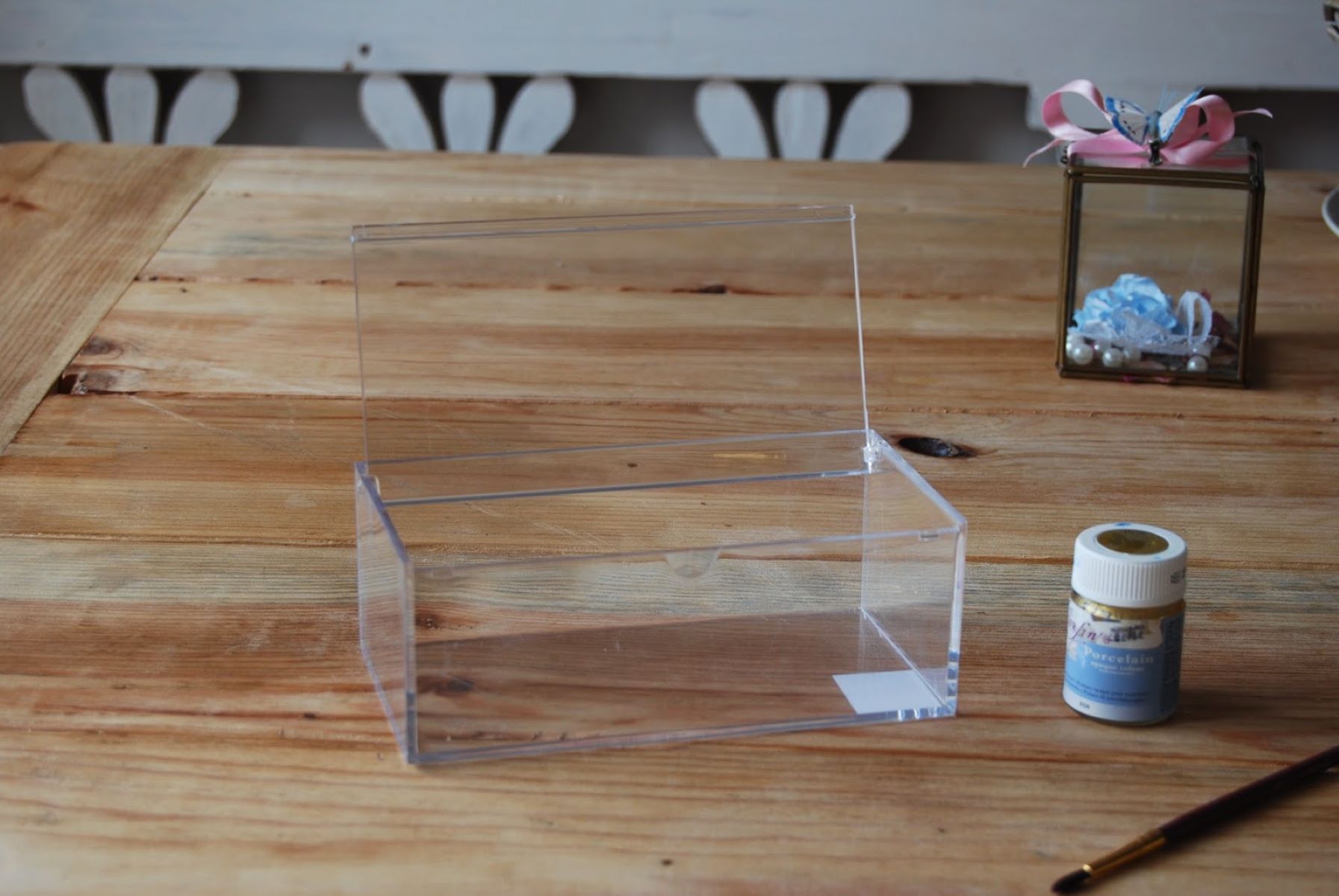

Interior Design Trends
How To Make A Glass Box
Modified: February 18, 2024
Learn the latest interior design trends with our guide on how to make a glass box. Discover tips and ideas for creating a modern and stylish living space.
(Many of the links in this article redirect to a specific reviewed product. Your purchase of these products through affiliate links helps to generate commission for Storables.com, at no extra cost. Learn more)
Introduction
Creating a glass box is an excellent way to add a touch of elegance and modernity to your living space. Whether you're a seasoned DIY enthusiast or a novice looking for a rewarding project, crafting a glass box can be a fulfilling endeavor. This versatile piece can serve as a stunning terrarium for your favorite plants, a chic display case for cherished trinkets, or a stylish storage solution for everyday items. The transparent nature of the glass allows for a seamless integration into any interior design scheme, making it a versatile and visually appealing addition to your home.
In this comprehensive guide, we will walk you through the step-by-step process of crafting your own glass box. From selecting the right materials to mastering the art of assembling and sealing the edges, we will cover everything you need to know to bring this project to life. Whether you're aiming for a sleek and minimalist design or a more ornate and decorative style, the techniques outlined in this guide can be tailored to suit your personal preferences and creative vision.
By following these instructions, you will not only create a stunning piece of decor but also gain valuable skills in working with glass and assembling intricate structures. The satisfaction of completing this project and the pride of showcasing your handcrafted glass box in your home will undoubtedly make the effort worthwhile.
So, roll up your sleeves, gather your materials, and let's embark on this exciting journey of crafting a beautiful glass box that will undoubtedly become a focal point in your living space. Let's dive into the detailed steps and unleash your creativity as we bring this elegant and functional piece to life.
Key Takeaways:
- Crafting a glass box adds elegance and functionality to your space. Follow the step-by-step guide to create a stunning terrarium, display case, or storage solution that reflects your unique style and creativity.
- Master the art of working with glass and assembling intricate structures. The satisfaction of completing this project and showcasing your handcrafted glass box will make the effort worthwhile.
Read more: What Is A Glass Box
Materials Needed
To embark on the journey of creating your own glass box, you will need a selection of essential materials and tools to ensure a smooth and successful crafting process. Here's a comprehensive list of the items you'll need to gather before diving into this exciting project:
-
Glass Panels: The primary material for constructing a glass box is, of course, the glass itself. Opt for high-quality glass panels that are specifically designed for crafting projects. Ensure that the glass is thick enough to provide stability and durability while maintaining a sleek and transparent appearance.
-
Glass Cutter: A reliable glass cutter is an indispensable tool for this project. Look for a cutter with a sharp and durable wheel that can smoothly score the glass, allowing for precise and clean cuts. This tool is essential for shaping the glass panels according to your desired dimensions.
-
Glass Adhesive: Select a high-quality glass adhesive or silicone sealant to securely bond the glass panels together. The adhesive should be transparent and designed for glass-to-glass applications, ensuring a strong and seamless bond between the panels.
-
Clamps or Braces: To hold the glass panels in place during the assembly process, you'll need clamps or braces designed specifically for glasswork. These tools will help maintain the alignment of the panels as the adhesive sets, ensuring a uniform and stable structure.
-
Protective Gear: Working with glass requires the use of protective gear to ensure safety. Equip yourself with safety goggles, gloves, and a dust mask to protect your eyes, hands, and respiratory system from potential hazards during the cutting and assembly stages.
-
Measuring Tools: Accurate measurements are crucial for achieving precise cuts and ensuring that the glass panels fit together seamlessly. Have a reliable measuring tape, a straight edge, and a marker on hand to mark the cutting lines and dimensions with precision.
-
Cleaning Supplies: Before assembling the glass box, it's essential to thoroughly clean the glass panels to remove any dust, debris, or fingerprints that could affect the clarity and appearance of the finished product. Prepare glass cleaner, lint-free cloths, and rubbing alcohol for this crucial cleaning step.
-
Optional Decorative Elements: Depending on your design preferences, you may choose to incorporate decorative elements such as glass beads, colored glass panels, or embellishments to add a personalized touch to your glass box.
By gathering these essential materials and tools, you'll be well-equipped to commence the process of creating a stunning glass box that reflects your unique style and creativity. With these items at your disposal, you're ready to move on to the next step: cutting the glass panels to the desired dimensions.
Step 1: Cutting the Glass
The process of cutting the glass panels is a critical and precise step in creating a glass box. It requires careful measurements, steady hands, and the right tools to achieve clean and accurate cuts. Before beginning this step, ensure that you have gathered all the necessary materials and protective gear, including the glass panels, glass cutter, measuring tools, and safety equipment.
To initiate the cutting process, start by measuring the dimensions for each glass panel according to the desired size of your glass box. Use a measuring tape and a straight edge to mark the cutting lines on the glass with a marker. It's essential to double-check the measurements to ensure accuracy before proceeding with the cutting.
Once the cutting lines are marked, it's time to use the glass cutter to score the glass along the marked lines. Hold the cutter firmly and apply consistent pressure as you run it along the glass, creating a smooth and even score. It's crucial to maintain a steady hand and avoid applying excessive pressure, as this could lead to uneven or jagged cuts.
After scoring the glass, carefully position it on a flat and stable surface, ensuring that the scored line aligns with the edge of the surface. With gentle and controlled force, apply pressure to the opposite side of the scored line to break the glass along the score. This process requires precision and patience to achieve clean and accurate cuts.
Repeat these steps for each glass panel, taking care to maintain uniformity in the dimensions and ensuring that the edges are smooth and free from any sharp protrusions. Once all the panels are cut to the appropriate size, use the cleaning supplies to remove any debris or residue from the cutting process, ensuring that the glass surfaces are pristine and ready for assembly.
By mastering the art of cutting the glass panels with precision and attention to detail, you have completed the first crucial step in creating your glass box. With the glass panels prepared and ready for assembly, you're now poised to move on to the next phase: assembling the box and bringing your vision to life.
Step 2: Assembling the Box
With the glass panels expertly cut to the desired dimensions, the next pivotal phase in crafting your glass box is the meticulous process of assembling the panels to form a cohesive and visually striking structure. This step requires precision, patience, and a keen eye for detail to ensure that the glass box is not only sturdy and stable but also aesthetically pleasing.
To commence the assembly, carefully arrange the glass panels in the intended configuration, ensuring that the edges align seamlessly to create a uniform and symmetrical box. Prior to applying the adhesive, it's advisable to conduct a dry fit by positioning the panels together without bonding them. This allows you to confirm the precise alignment and make any necessary adjustments before proceeding with the adhesive application.
Once satisfied with the arrangement, it's time to apply the glass adhesive along the edges where the panels will be joined. Utilize a steady and controlled hand to apply a thin and even layer of adhesive, ensuring complete coverage along the bonding surfaces. It's essential to work swiftly and deliberately, as some adhesives may set quickly, allowing for minimal readjustment once applied.
As the adhesive is applied, carefully position the glass panels together, ensuring that the edges fit snugly and uniformly. To maintain the alignment during the bonding process, utilize clamps or braces designed for glasswork to secure the panels in place. These tools help exert gentle pressure, promoting a strong and seamless bond while the adhesive sets.
Throughout the assembly, it's crucial to verify that the panels are aligned correctly and that the box is taking shape as intended. Take the time to inspect the joints and edges, making any necessary adjustments to ensure a precise and uniform assembly. Attention to detail at this stage is paramount, as it contributes to the overall structural integrity and visual appeal of the glass box.
Once the adhesive has set and the glass panels are securely bonded, remove the clamps or braces and conduct a thorough inspection of the assembled box. Check for any excess adhesive or smudges, and use a clean cloth and appropriate solvent to carefully remove any imperfections, ensuring that the glass surfaces are pristine and free from blemishes.
By meticulously executing the assembly process with precision and care, you have successfully transformed individual glass panels into a stunning and functional glass box. With the box taking shape, the next step involves sealing the edges to fortify the structure and enhance its durability, bringing us closer to the completion of this captivating DIY project.
When making a glass box, use a strong adhesive specifically designed for glass to ensure the pieces stick together securely. Also, handle the glass carefully to avoid any cracks or breakage.
Step 3: Sealing the Edges
Sealing the edges of the glass box is a critical step that not only enhances the structural integrity of the assembly but also ensures a seamless and polished finish. By carefully sealing the edges, you will fortify the joints, prevent moisture or debris from infiltrating the interior, and elevate the overall aesthetic appeal of the glass box.
To initiate the edge-sealing process, begin by selecting a high-quality glass adhesive or silicone sealant specifically designed for glass-to-glass applications. Opt for a transparent sealant to maintain the pristine appearance of the glass and ensure that the bonding seamlessly integrates with the overall design.
With the sealant at the ready, carefully apply a thin and even bead along the edges where the glass panels meet. Utilize a steady hand and precise movements to achieve a uniform application, ensuring that the sealant fully encapsulates the joints while avoiding excess that could detract from the box's sleek aesthetic.
As you apply the sealant, pay close attention to the consistency and coverage, ensuring that all exposed edges are adequately sealed to prevent any potential gaps or vulnerabilities. The sealant not only reinforces the structural integrity of the glass box but also acts as a protective barrier, safeguarding the interior from external elements.
Once the sealant is applied, allow sufficient time for it to cure and set according to the manufacturer's recommendations. This crucial curing period ensures that the sealant achieves its optimal strength and adhesion, contributing to the long-term durability and stability of the glass box.
After the sealant has fully cured, conduct a thorough inspection of the edges to verify the quality of the seal and address any imperfections. Carefully remove any excess sealant or smudges using a clean cloth and appropriate solvent, ensuring that the edges are impeccably sealed and free from any blemishes.
By meticulously sealing the edges of the glass box, you have fortified the structure, enhanced its resilience, and elevated its visual appeal. This essential step not only contributes to the longevity of the glass box but also reflects your dedication to achieving a flawless and professional finish.
With the edges expertly sealed, the glass box stands as a testament to your craftsmanship and attention to detail, ready to take its place as a captivating and functional centerpiece in your living space.
Read more: How To Make Music Boxes
Step 4: Adding Finishing Touches
With the glass box meticulously assembled and its edges expertly sealed, the final phase of this captivating DIY project involves adding the finishing touches to elevate the visual allure and functionality of the glass box. This step provides an opportunity to infuse your personal style and creativity, transforming the glass box into a captivating showcase or functional storage solution that seamlessly integrates with your interior design scheme.
One of the key considerations in adding finishing touches is to assess the intended purpose of the glass box. If it is destined to house vibrant plant life, consider incorporating a layer of nutrient-rich soil or decorative pebbles at the base, creating a welcoming environment for your favorite botanical specimens. For those envisioning the glass box as a display case for cherished trinkets or collectibles, arranging these items thoughtfully within the box can transform it into a captivating focal point, showcasing your prized possessions in a sophisticated and eye-catching manner.
Incorporating subtle yet impactful elements such as LED lighting strips or miniature fairy lights can introduce a mesmerizing ambiance within the glass box, particularly when used to illuminate carefully curated displays. The gentle glow emanating from within the box adds a touch of enchantment, drawing attention to its contents and infusing the surrounding space with an inviting and magical aura.
Furthermore, consider the placement of the glass box within your living space. Whether it graces a prominent spot on a coffee table, adorns a shelf, or hangs suspended as a striking wall-mounted feature, the positioning of the glass box contributes to its overall impact. By integrating the glass box seamlessly into your interior design, you can create a cohesive and harmonious aesthetic that accentuates its elegance and functionality.
To further enhance the allure of the glass box, consider embellishing its exterior with delicate adornments such as decorative ribbons, metallic accents, or intricately designed decals. These embellishments can impart a touch of individuality and refinement, elevating the glass box from a mere functional item to a captivating piece of art that reflects your unique style and personality.
By thoughtfully adding these finishing touches, you will transform the glass box into a captivating and versatile element of your interior decor. Whether it serves as a luminous terrarium, a captivating display case, or a stylish storage solution, the glass box stands as a testament to your creativity and craftsmanship, ready to enrich your living space with its timeless elegance and functionality.
Conclusion
In conclusion, the journey of crafting a glass box is a testament to the fusion of creativity, precision, and dedication. From the initial selection of materials to the meticulous assembly and the thoughtful addition of finishing touches, every step in this DIY project contributes to the creation of a stunning and functional piece of decor.
As you stand back and admire the glass box that you have brought to life, it becomes more than just a tangible object. It embodies the embodiment of your vision, patience, and craftsmanship, reflecting your unique style and personality. Whether it graces a sunlit windowsill, adorns a sleek modern console, or becomes a captivating centerpiece on a tabletop, the glass box stands as a testament to your creativity and dedication.
The versatility of the glass box allows it to seamlessly integrate into a myriad of interior design schemes, serving as a captivating terrarium for lush greenery, an enchanting display case for cherished mementos, or a sophisticated storage solution for everyday essentials. Its transparent allure invites the surrounding space to interact with its contents, creating a harmonious and captivating visual impact.
Furthermore, the process of crafting a glass box extends beyond the tangible outcome. It fosters a sense of accomplishment and empowerment, as you master the art of working with glass and assembling intricate structures. The skills acquired and the satisfaction derived from completing this project are invaluable, serving as a testament to your creativity and resourcefulness.
As the glass box takes its place in your living space, it becomes a focal point that captivates the eye and sparks conversation. Its elegant presence enriches the ambiance of the room, infusing it with a touch of sophistication and timeless allure. Whether it becomes a sanctuary for thriving plant life, a showcase for treasured keepsakes, or a stylish storage solution, the glass box stands as a symbol of your ingenuity and flair for design.
In essence, the journey of crafting a glass box transcends the realm of DIY projects. It embodies the spirit of creativity, the pursuit of excellence, and the joy of bringing beauty and functionality into your living space. As you embark on future endeavors, may the experience of creating a glass box serve as a reminder of your ability to transform inspiration into reality, one meticulous step at a time.
Frequently Asked Questions about How To Make A Glass Box
Was this page helpful?
At Storables.com, we guarantee accurate and reliable information. Our content, validated by Expert Board Contributors, is crafted following stringent Editorial Policies. We're committed to providing you with well-researched, expert-backed insights for all your informational needs.
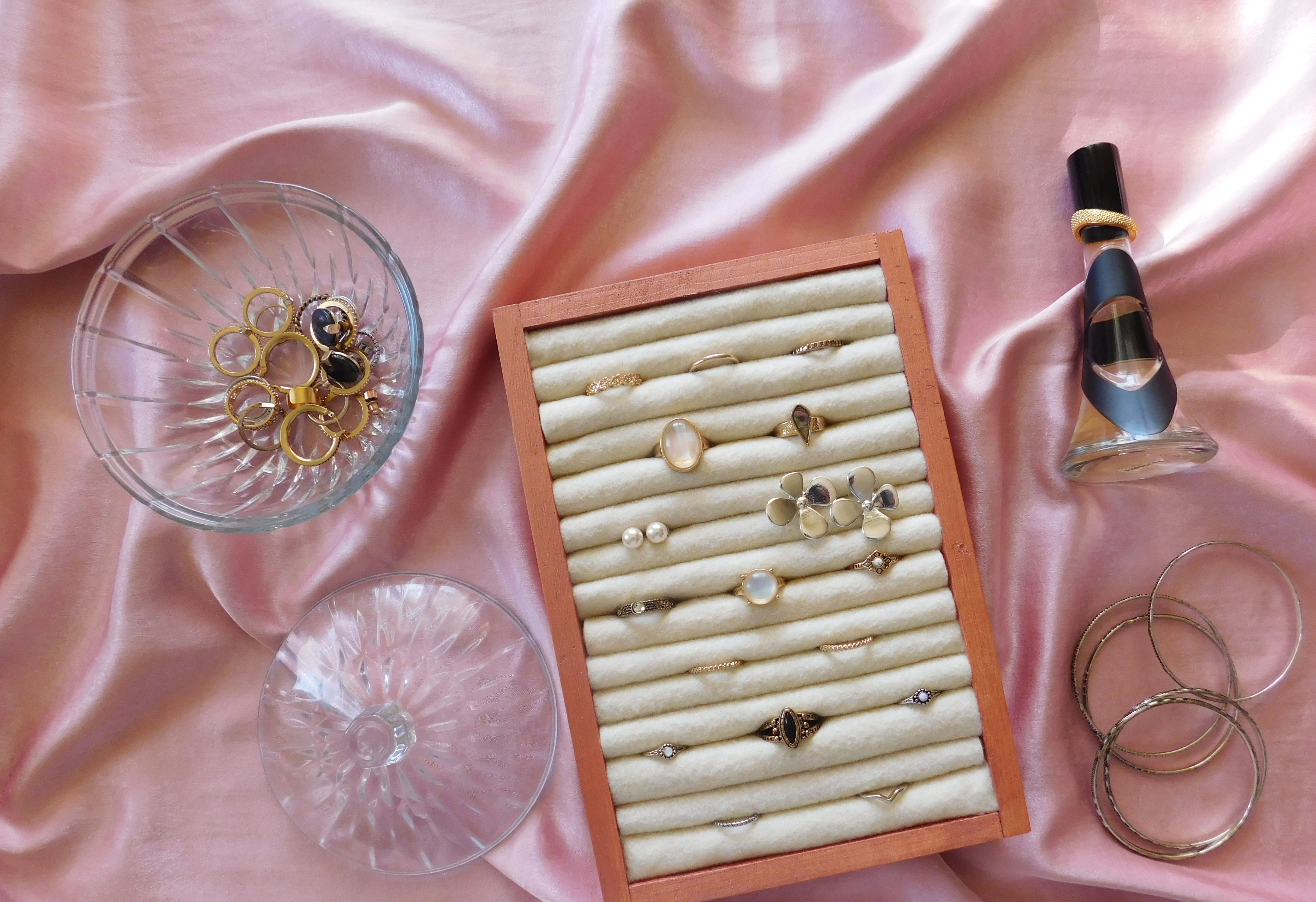
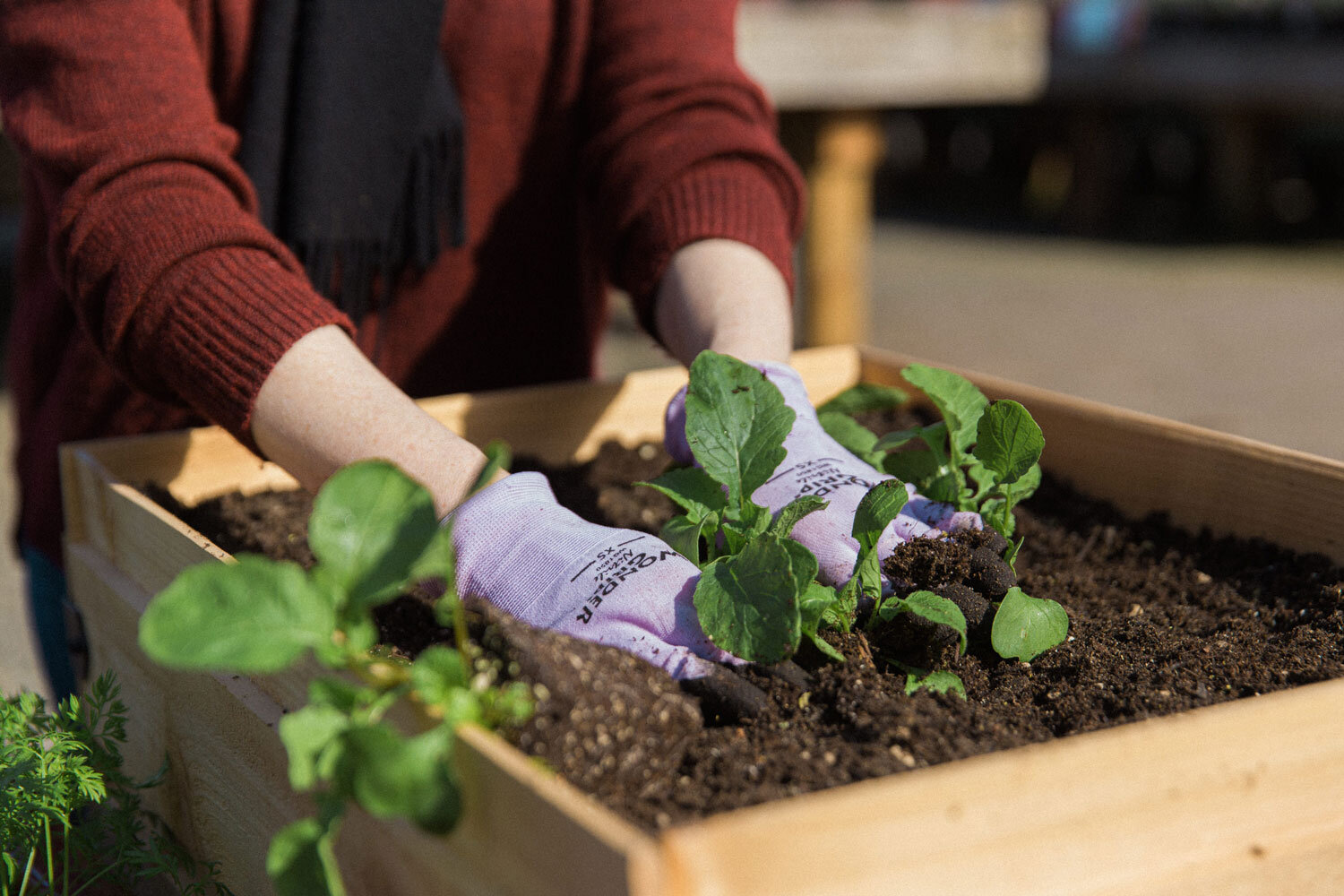



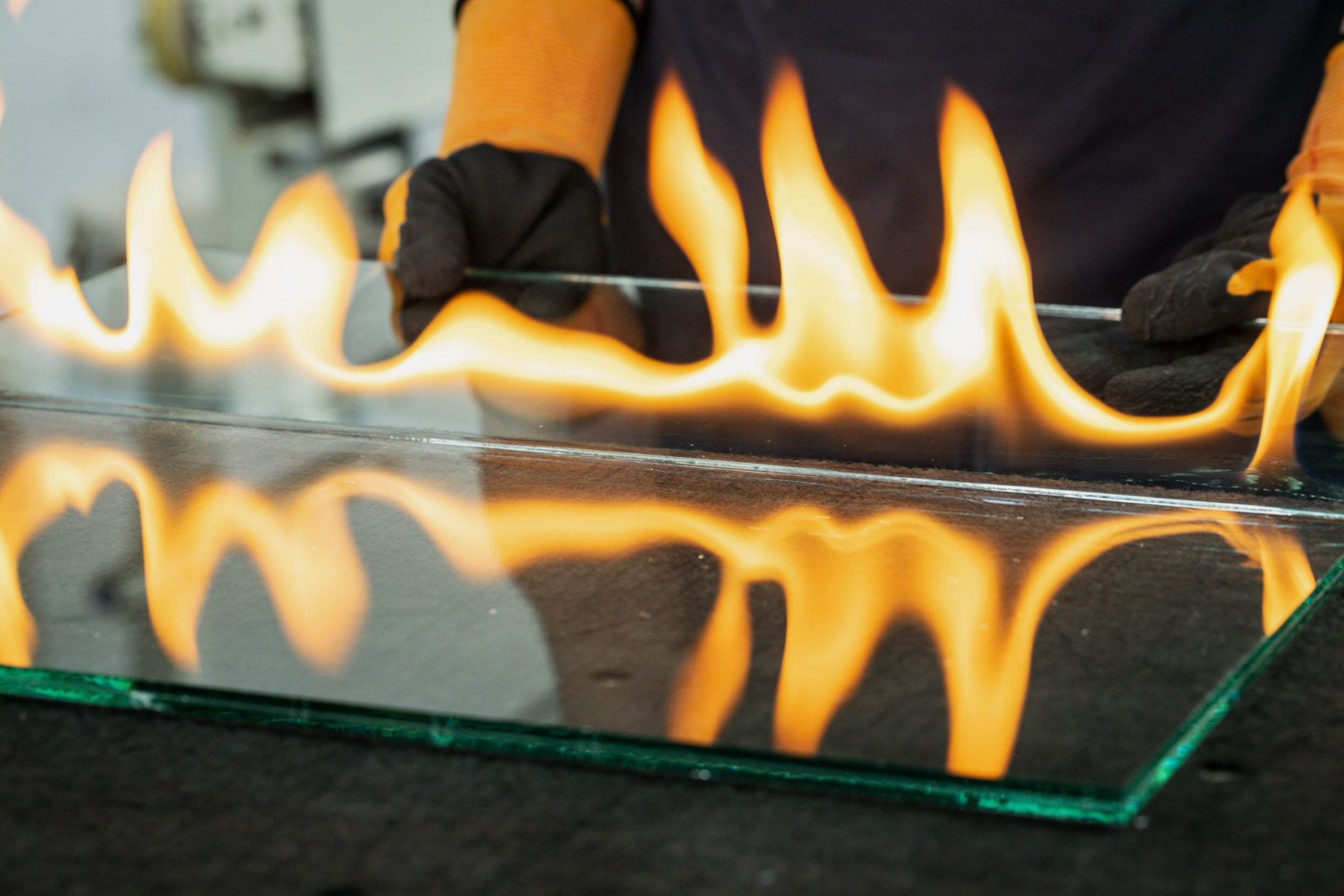
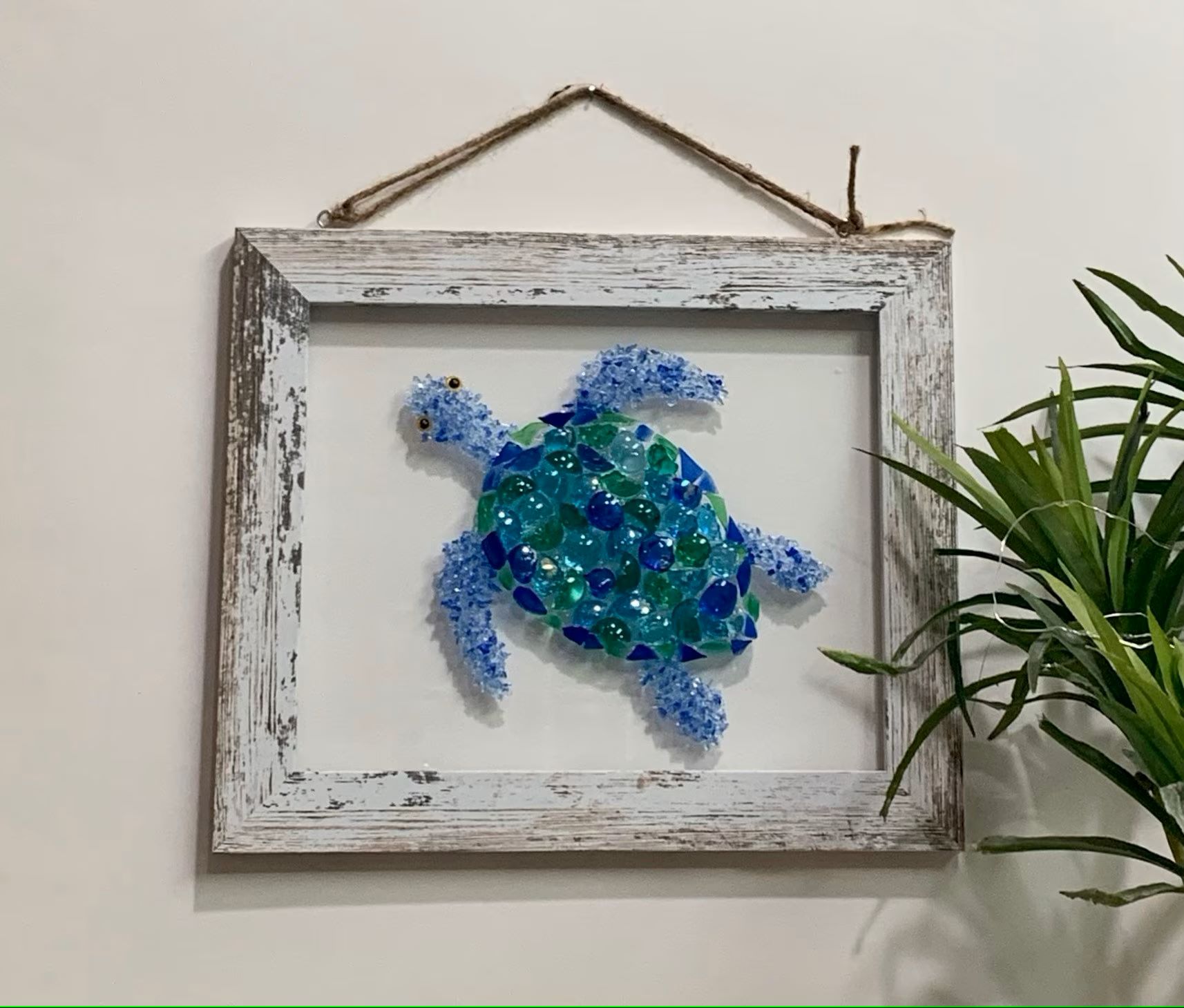

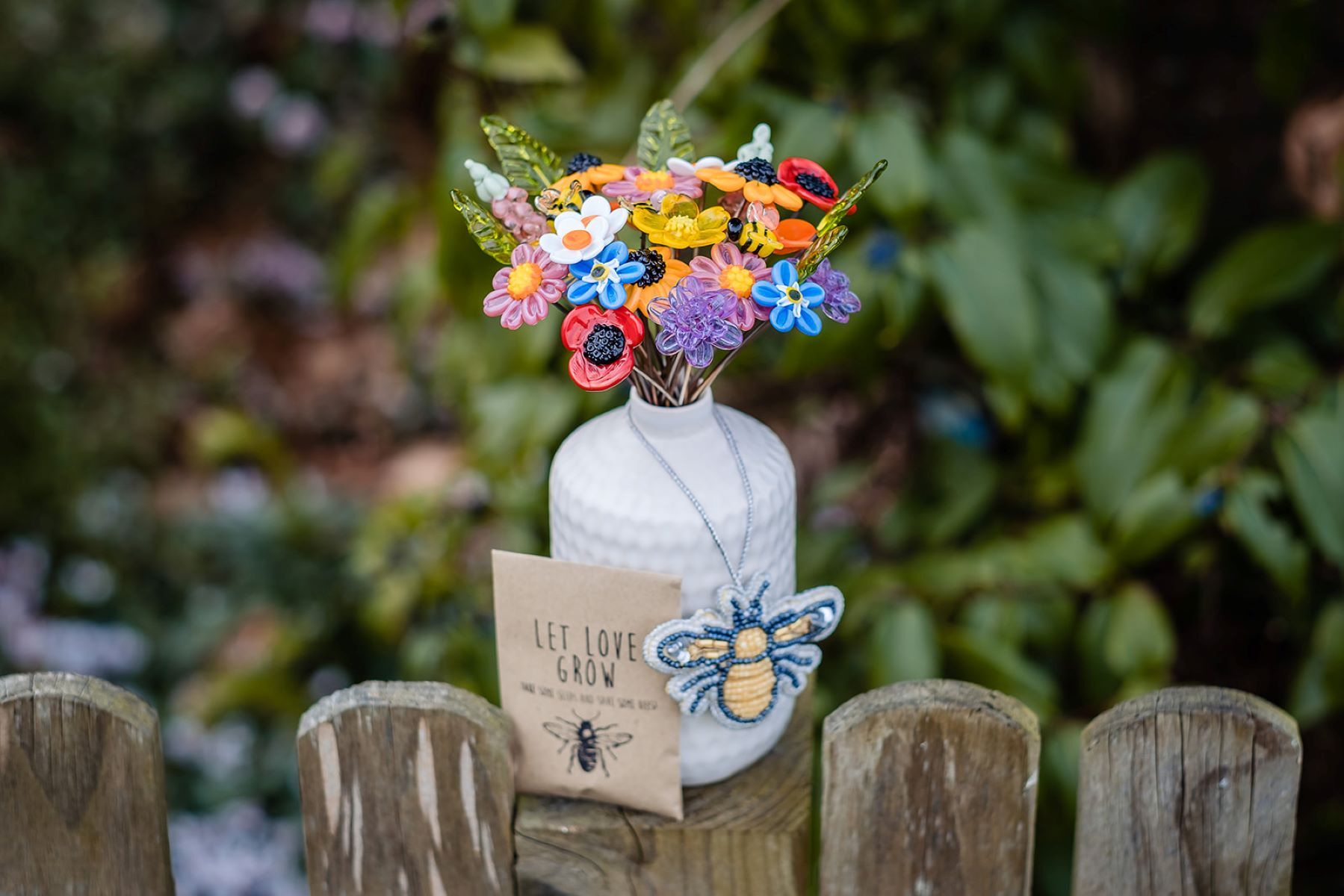
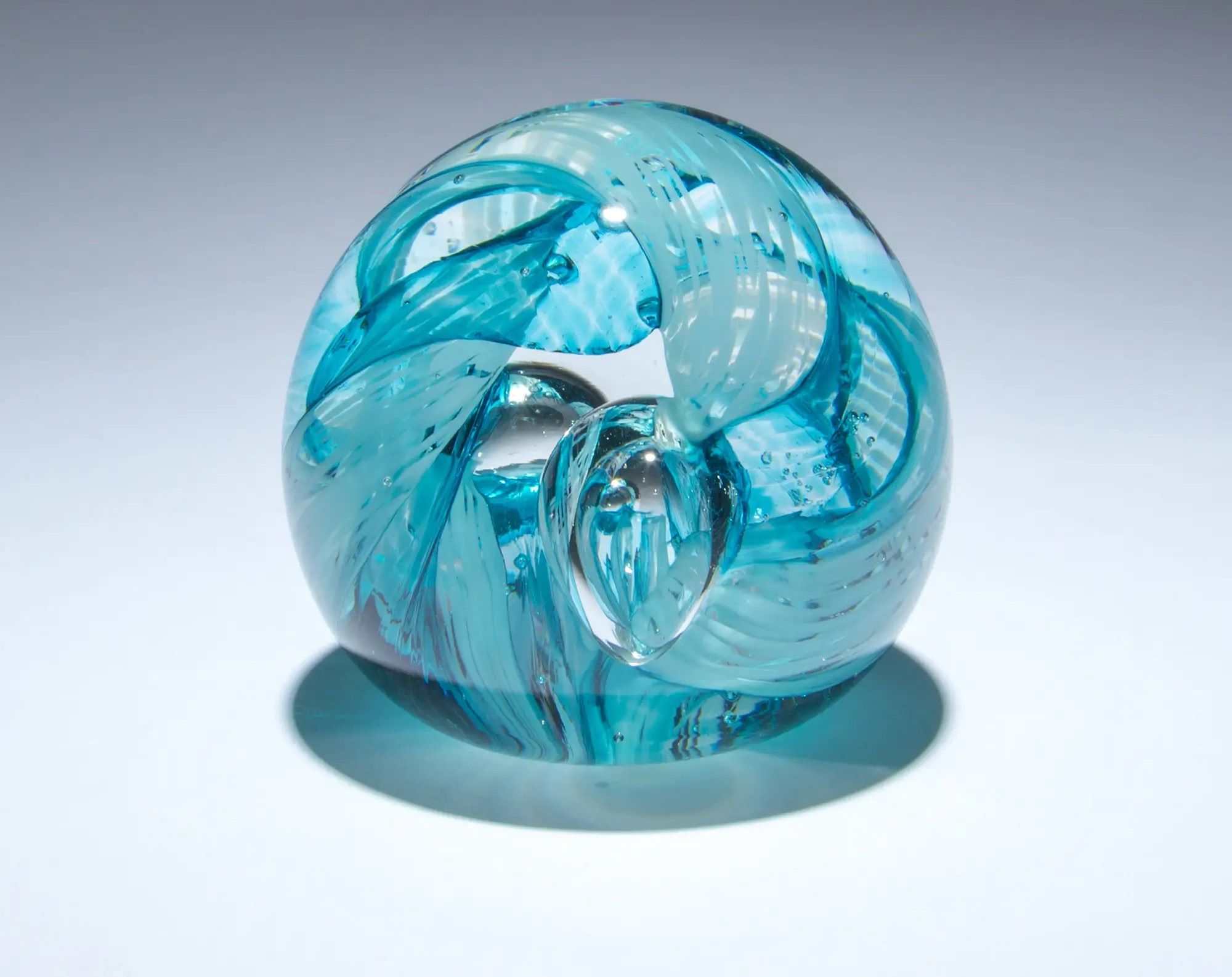
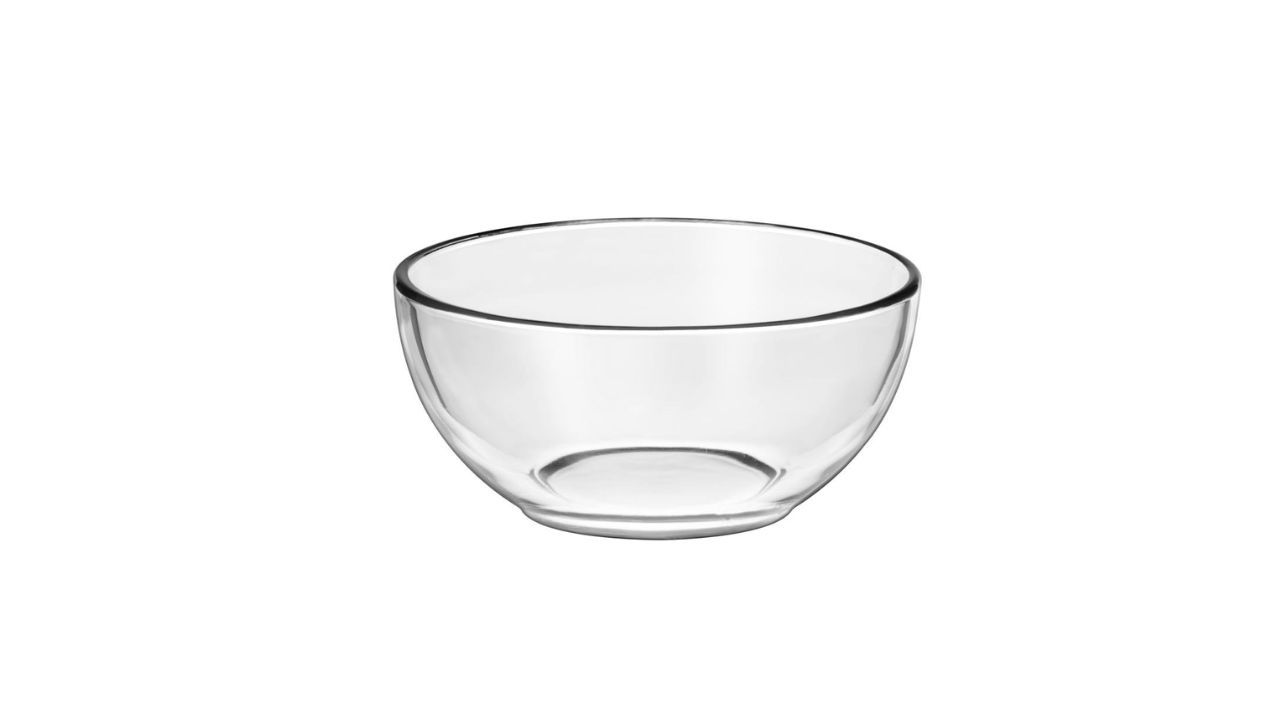
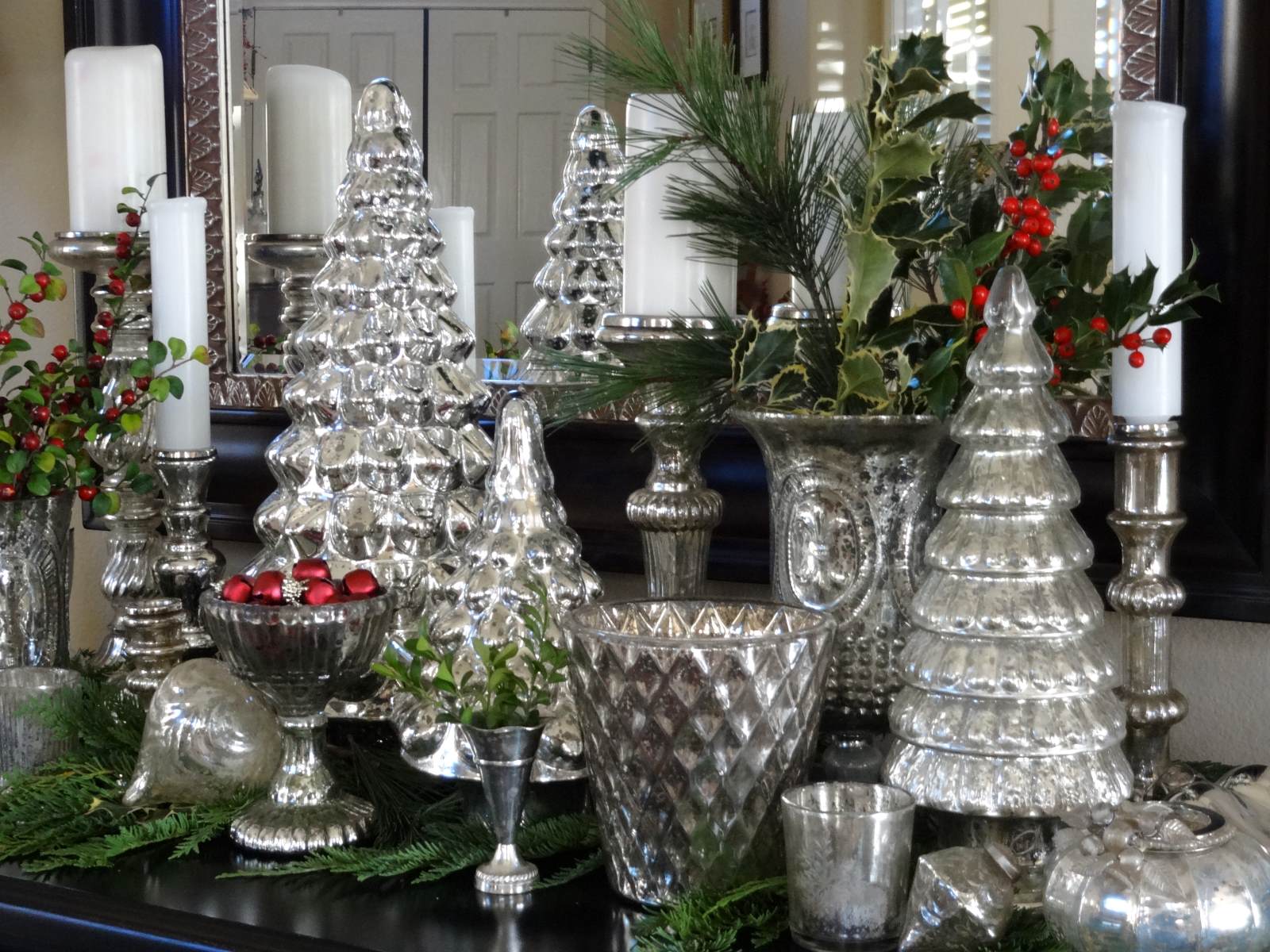

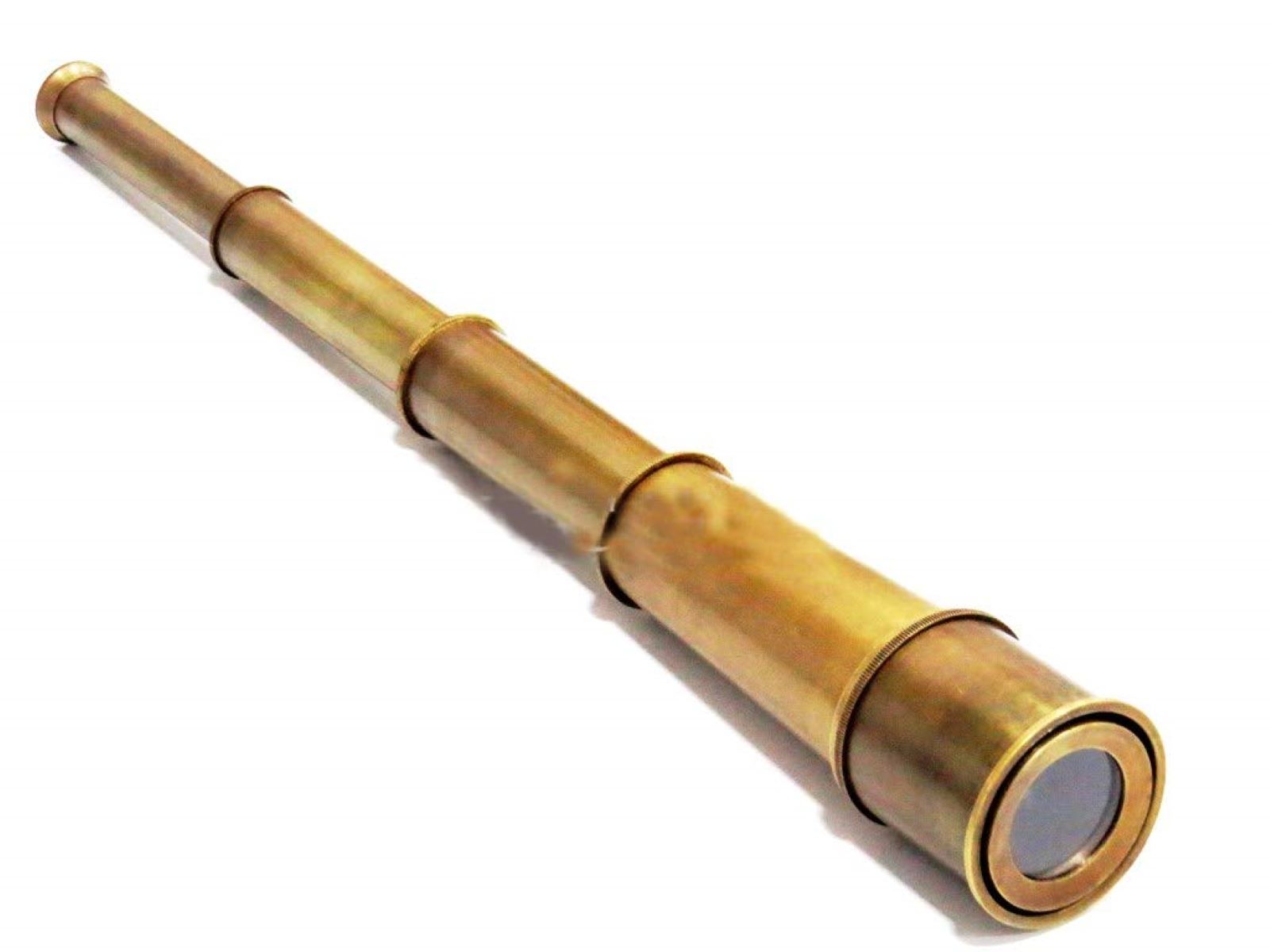

0 thoughts on “How To Make A Glass Box”